Eating Like A Local: A B-Kyu Gurume
Skip The Posh And Go For A Nosh!
Japanese food isn’t all sushi, ramen, and wagyu!
Food is a major part of Japanese culture—even on dating apps, you’re more likely to find profiles seeking a drinking buddy or sweets meguri (スイーツ巡り, sweets tour) partner than anything else. If food is the way to the Japanese heart, then B-kyu gurume is the comfort food that everyone should know and love.
What is B-Kyu Gurume?
B-kyu gurume (B級グルメ) literally means “B rank food” and refers to cuisines that are popular with the masses, made with less ‘fancy’ ingredients, and are often quickly and easily served and eaten. Most B-kyu gurume can easily be replicated at home, so it’s also got the added home cooking, “made with love” factor to it as well.
These Japanese comfort food are also known as gotochi gurume (ご当地グルメ)—or “local dishes”—because they feature local ingredients. What counts as B-kyu gurume in Osaka is completely different from what is comfort food in Sapporo. Even within a given city there can be vastly different ideas of soul food depending on the area’s history.
If food is the way to the Japanese heart, then B-kyu gurume is the comfort food that everyone should know and love
If you’re looking for healthy Japanese fare, B-kyu gurume is probably not going to work for you, although if you’re looking for something different for a treat, then it’s sure to hit the spot. Just keep an eye out for any food allergies, as hidden ingredients can be surprising at times.
Basically: B-kyu gurume is the gourmand’s equivalent of your family’s secret recipe handed down for generations made with full fat and sugar, but available for a cheap price and made to order.
Japanese Versus Internationally Influenced
As with food cultures over the world, there are both those that are domestic and the ones that grew from international influences. B-kyu gurume comes in classically Japanese dishes and “Japanified” foreign varieties.
One of the oldest and most well known Japanese B-kyu gurume are onigiri (おにぎり) or rice balls. These glutinous delights tend to be topped or filled with anything from flaked salmon, wasabi greens, soft boiled eggs, or pickled plums and may be wrapped with a sheet of roasted nori seaweed as well. There are shelves of these in every supermarket, convenience store, and even take-out bento shops in Japan—that’s how common they are.
Another rice-based comfort food is tamago kake gohan (卵かけごはん). Basically, you crack a raw egg over some plain white rice and add a dash or two of soy sauce for flavor. That’s it. Of course, you can liven it up with some furikake seasoning too, or purchase gourmet eggs specially bred for their tastiness (or whatever the technical term may be!), but even the most basic of ingredients will give you classic Japanese comfort food.
Two international dishes that, according to my friends that are do-or-die foodstuffs, are curry rice and spaghetti Napolitan.
Curry rice is Japanese curry (made with beef or pork, potatoes, carrots, and onions), rice (white, turmeric seasoned, or with garlic and butter), and perhaps a slab of tonkatsu (とんかつ, pork cutlet), or gyukatsu (牛カツ, beef cutlet) on top. It’s not spicy at all, very hearty, and something that most Japanese people eat at least once a week.
Spaghetti Napolitan was invented in Yokohama by Chef Shigetada Irie of Hotel New Grand during the postwar period. It consists of well-cooked pasta (no al dente here), with a sauce made from onions, green peppers, bacon or ham, and… ketchup. Yes. The sauce is made almost entirely from Japanese ketchup (some add tomato paste to thicken it). You can also add a dash of tabasco sauce to liven it up, but otherwise, it’s very kid-friendly comfort food.
Where Can I Find B-Kyu Gurume?
Another one of the perks of B-kyu gurume is that it is everywhere. Technically speaking, you can find it in your closest convenience store or supermarket, but if you’re looking to try something different, then take a look at Uber Eats or your preferred food delivery app for B-kyu gurume in your area.
You can also look at B-Lunch, a popular blog run by a Japanese foodie that focuses on B-kyu gurume lunch spots around the country. Or if you’d like to see what your area is famous for, you can always check out GuruTabi, which has a ranking of the most popular and famous B-kyu dishes by region.
During non-pandemic times, the B-1 Grand Prix is a food festival and contest held across Japan where local cuisines compete to be that year’s top comfort food. Some winners of that competition later go on to have their products turned into limited edition foods sold in convenience stores and supermarkets as well.
Mini versions of these festivals or celebrations of their wins are also often held in parking areas, so when things are safer for all, maybe a road trip will show you the best comfort foods your region or destination have to offer.
Two Must-Try Japanese Comfort Foods
If you haven’t already tried the above-mentioned dishes, then there are two others that are highly recommended. Full disclosure though, these are definitely high calorie, high carb meals in the making.
Fujinomiya yakisoba (富士宮やきそば) comes from Fujinomiya in Shizuoka prefecture and is seen by many as a local success story. Three-time winner of the B-1 Grand Prix, Fujinomiya yakisoba is responsible for the tourism renaissance that its hometown underwent—and now, there’s even a Fujinomiya Yakisoba Society that promotes authentic versions of this dish around Japan.
While yakisoba itself is a B-kyu gurume, what sets Fujinomiya yakisoba apart is that the yakisoba noodles, cabbage, and meat, are then topped with sardine powder (as opposed to straight-up bonito flakes), sauce, and pickled ginger. The noodles are also made with less water, so they’re firmer than other types.
The second dish is one that carb-lovers will really enjoy. The Sanuki udon burger (讃岐うどんバーガー), comes from the smallest prefecture in Japan, Kagawa prefecture. Kagawa is also aptly nicknamed the ‘udon prefecture’ as it’s home to Sanuki udon, and several hundred udon shops, each with their own take on this classic dish.
Udon noodles are thick and very filling on their own, but when fried and piled high on a burger (with or without a patty or two), they become a very unhealthy but enjoyable regional delight. There are many, many varieties of Sanuki udon burgers available, but personally speaking, the best for me is without a patty and topped with a fried egg. Then you can really enjoy the taste of the noodles and sauce.
View this post on Instagram
If you’re looking for ways to help your local businesses and change up your at-home dining menu, why not check out the regional cuisines in your area? And, if you’re suddenly craving comfort foods from back home, here are the best pizza and burger places you can find in Tokyo instead.

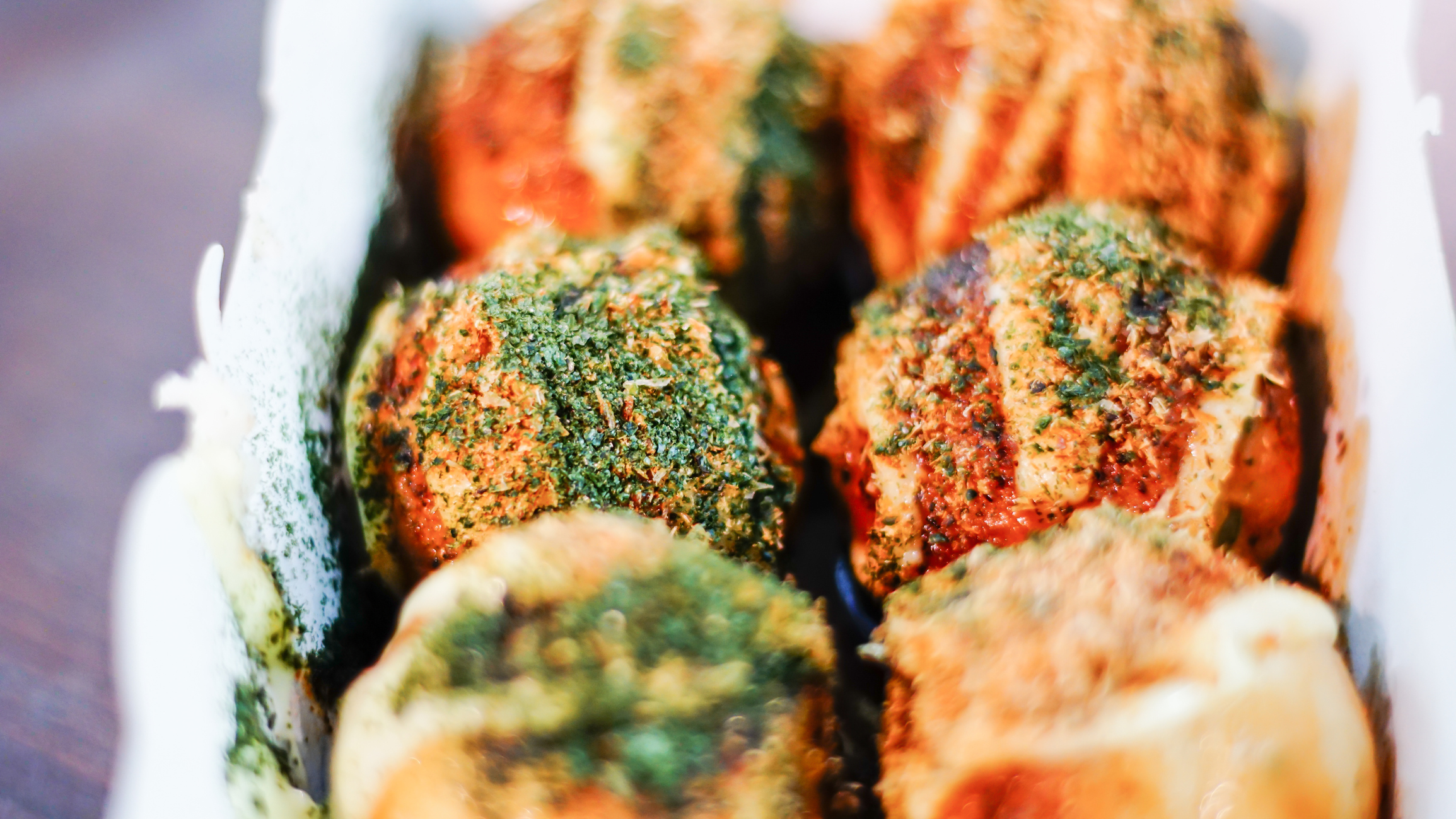
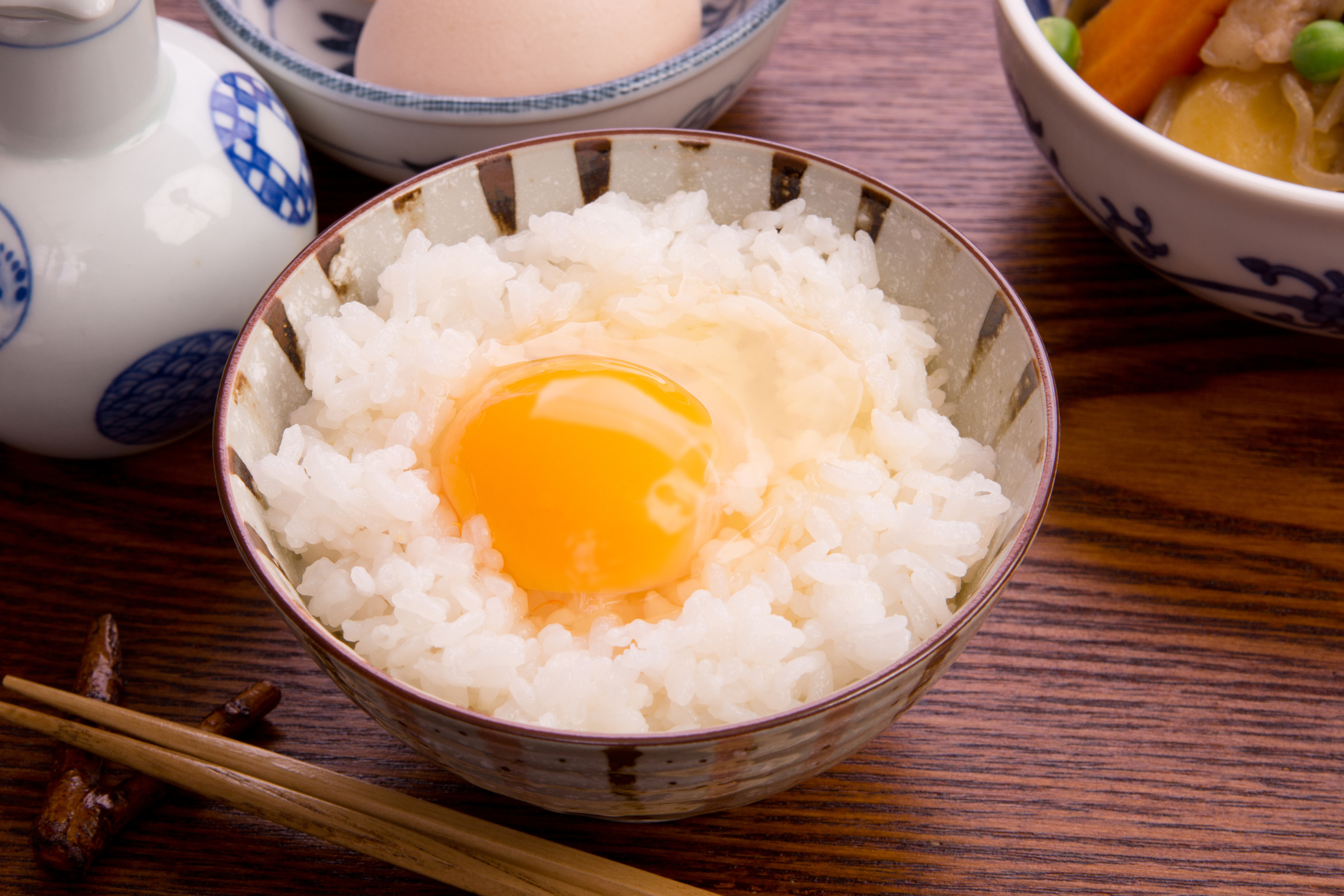

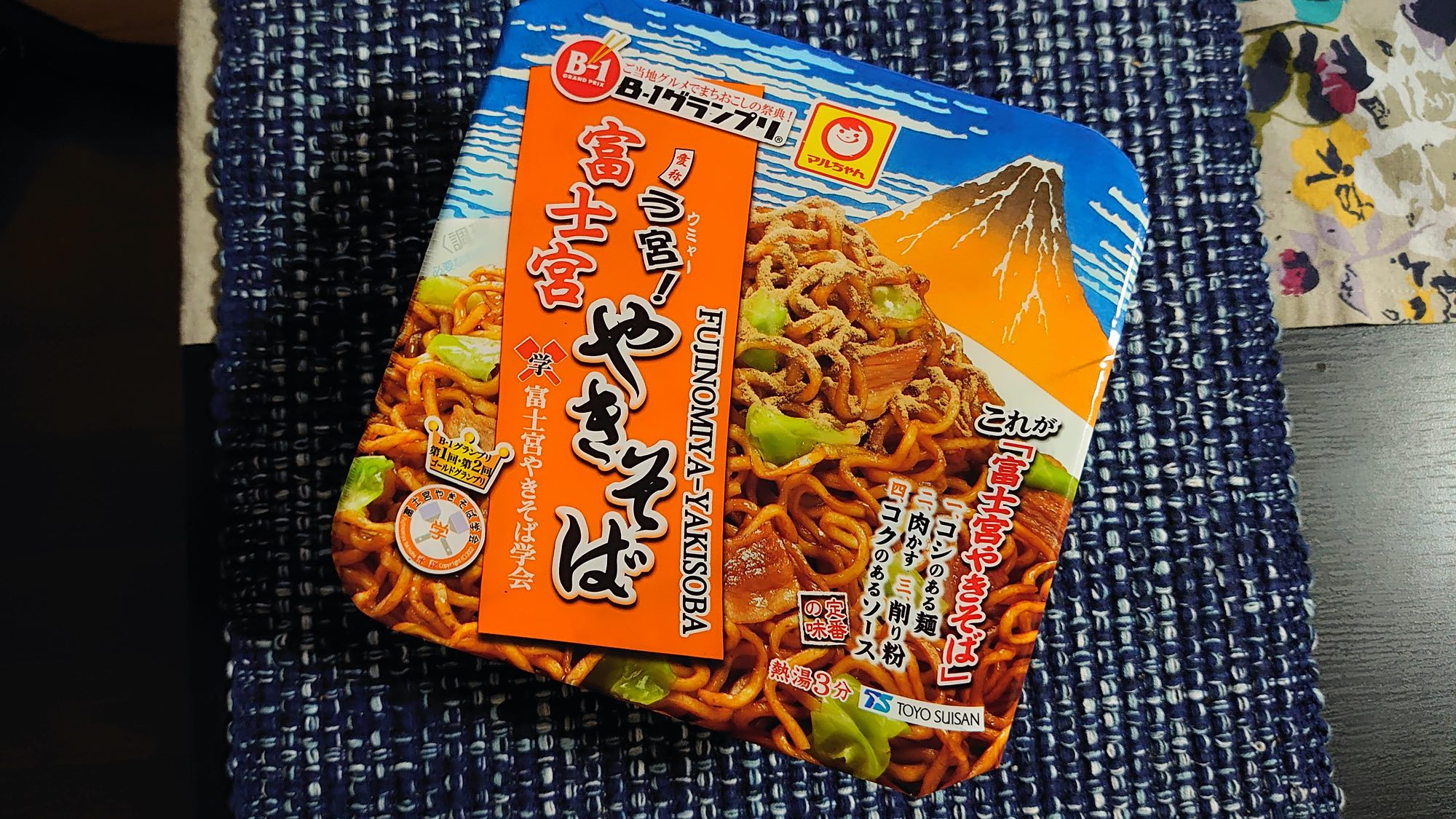












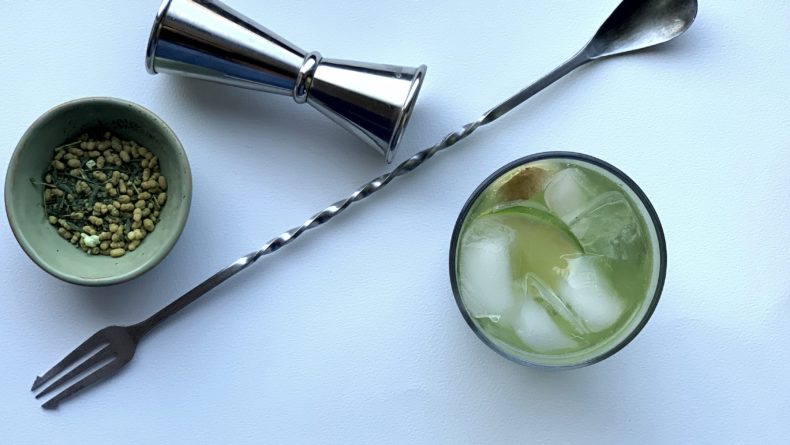

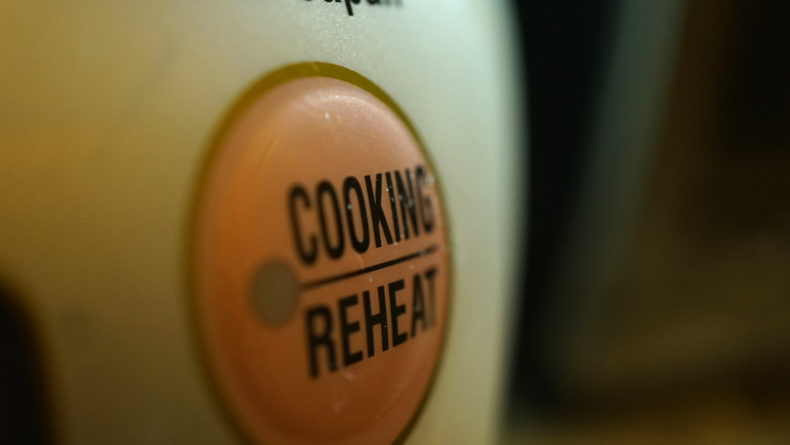
Leave a Reply